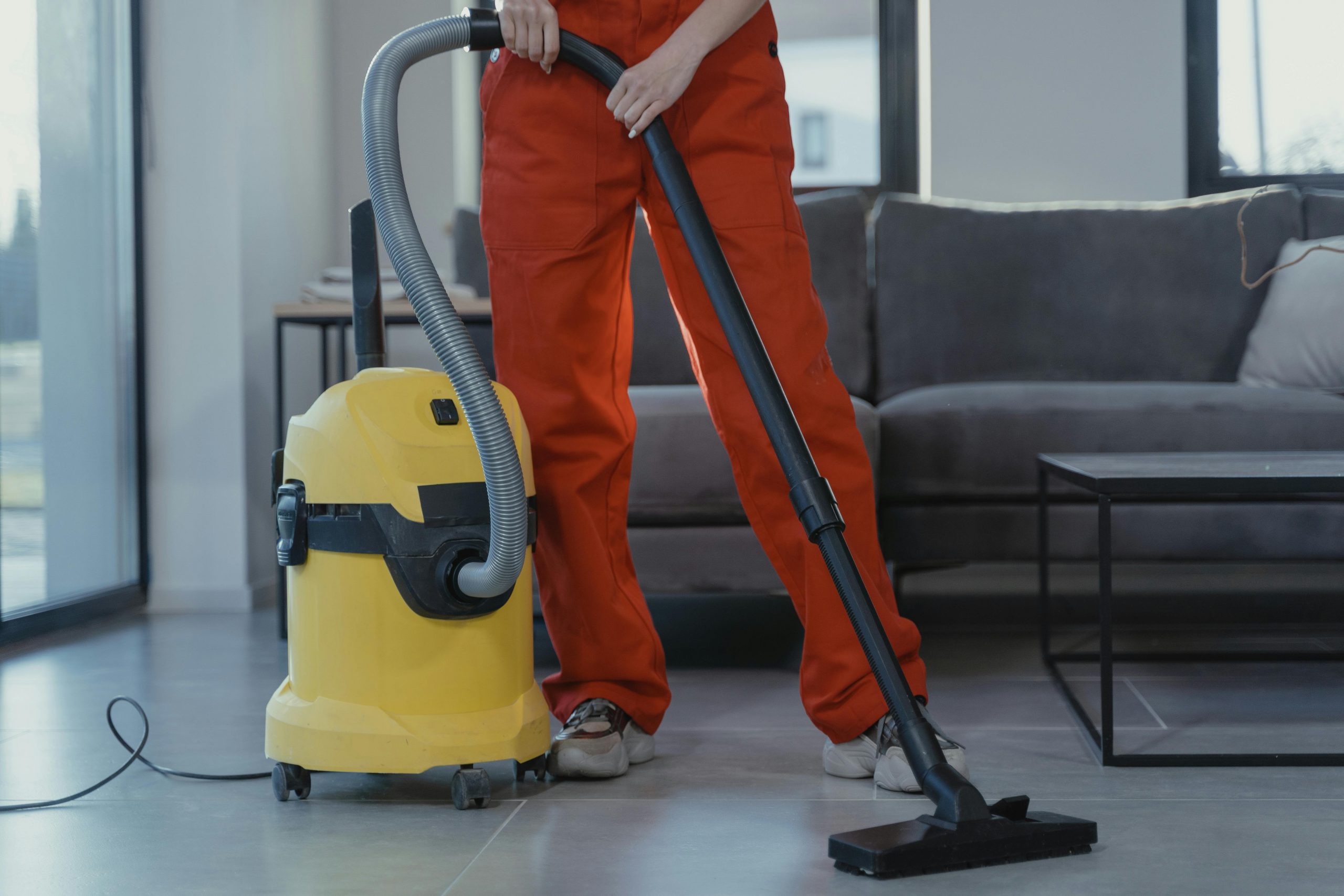As temperatures cool and residents begin spending more time indoors, your janitorial strategy becomes more important than ever.
October is the ideal time for property and community managers to assess whether their current cleaning vendors and schedules are ready to handle the increased foot traffic, mess, and health considerations that come with the colder seasons. From amenity usage to common area cleanliness, now’s the time to evaluate and adjust before winter is in full swing.
Use this guide to conduct a quick, effective review of your janitorial services and plan ahead for a cleaner, safer winter.
🧽 1. Review Frequency and Scope by Area
Why it matters: Certain areas will see a spike in use as residents move indoors, especially in colder climates or HOA communities with shared amenities.
What to review:
-
Clubhouses and community rooms
-
Fitness centers and indoor amenities
-
Lobbies, entryways, and elevators
-
Public restrooms and mailroom/package areas
Ask: Are these areas being cleaned often enough—and thoroughly enough—for the season ahead?
🧼 2. Inspect for Seasonal Debris and Surface Wear
Why it matters: Fall leaves, rain, and mud can quickly turn high-traffic areas into safety and cleanliness concerns.
Checklist:
-
Are mats and floor runners in place and in good condition?
-
Are entry points showing signs of water damage or staining?
-
Are restroom supplies and cleaning products winter-ready (anti-slip, disinfectants, etc.)?
Flag any items that may require replacement or additional vendor attention.
👷 3. Reconfirm Vendor Task Lists and Schedules
Why it matters: Some vendors shift their service hours or staffing in Q4 due to demand or holiday coverage.
Action steps:
-
Request a copy of your vendor’s current service schedule and scope.
-
Confirm tasks like disinfecting, trash removal, dusting, and replenishment are being completed as agreed.
-
Discuss holiday coverage—who’s on call for urgent cleanups or winter event support?
If expectations have changed, it’s better to address it now rather than during a resident complaint.
📊 4. Track Resident Feedback and Complaint Trends
Why it matters: Residents will notice cleanliness issues more when they’re indoors—and they’ll be quicker to report them.
What to track:
-
Recent complaints or recurring cleanliness concerns
-
Informal comments about restrooms, odors, or common areas
-
Patterns that suggest underperformance from the vendor
Even if complaints are low, this is a great time to survey residents or boards about janitorial expectations before 2026 contract decisions.
🧾 5. Plan for Budget Alignment and Possible Upgrades
Why it matters: If you need to add frequency or services, now’s the time to adjust your vendor scope or propose increases during budget reviews.
Suggestions:
-
Ask for pricing on an increased frequency package (e.g., daily instead of 3x/week).
-
Consider adding deeper quarterly cleanings or fogging/sanitizing services.
-
Review consumable costs (soap, paper goods) and whether they’re included or billed separately.
This helps you avoid reactive spending later in the winter when complaints or illness spikes occur.
✅ Stay Ahead of the Mess
Your janitorial vendor might be doing the job—but are they doing the right job for the season? October is your opportunity to ensure your cleaning plan reflects your residents’ needs and your board’s expectations.
By evaluating now, you’ll be ready to enter winter with confidence—and a cleaner, healthier community.
